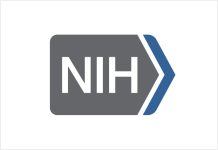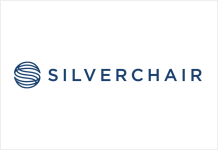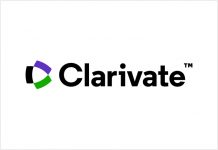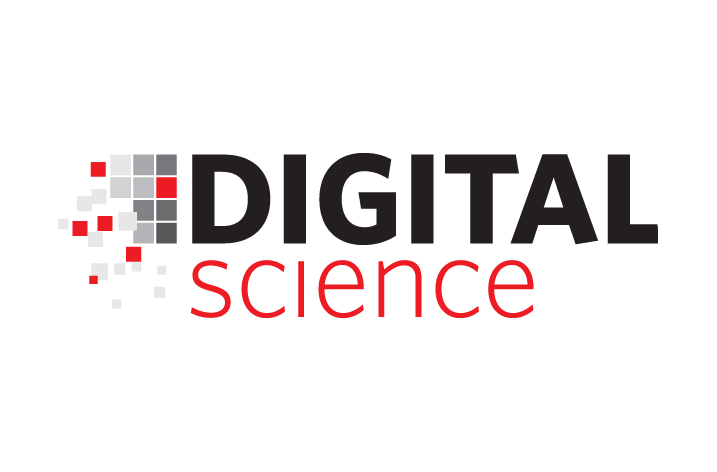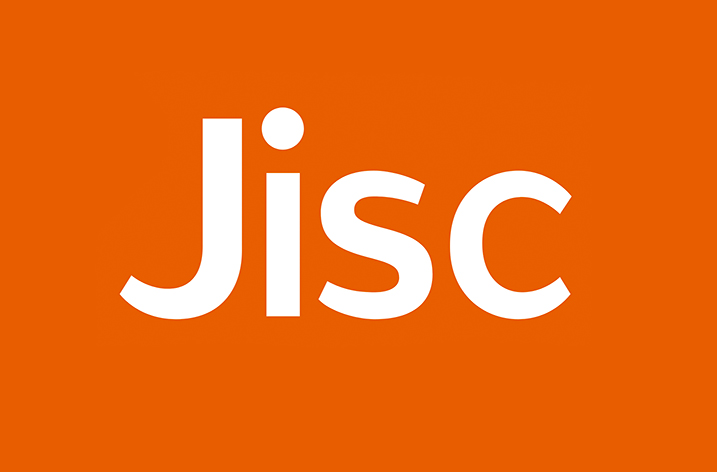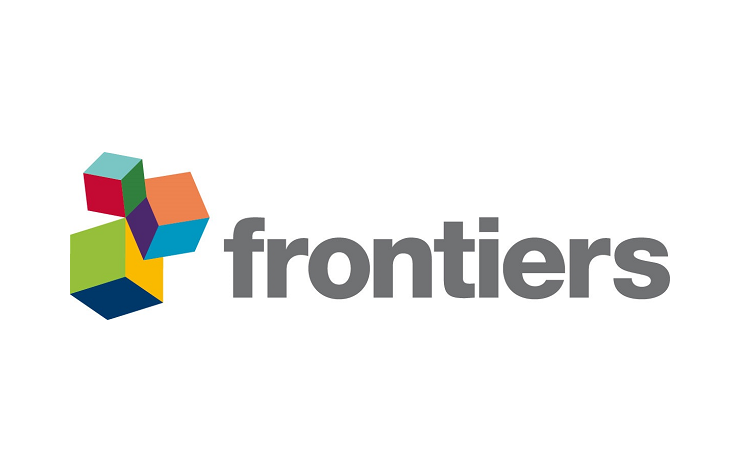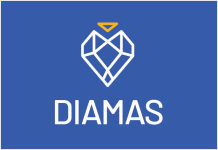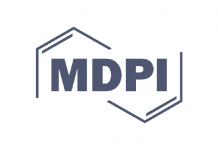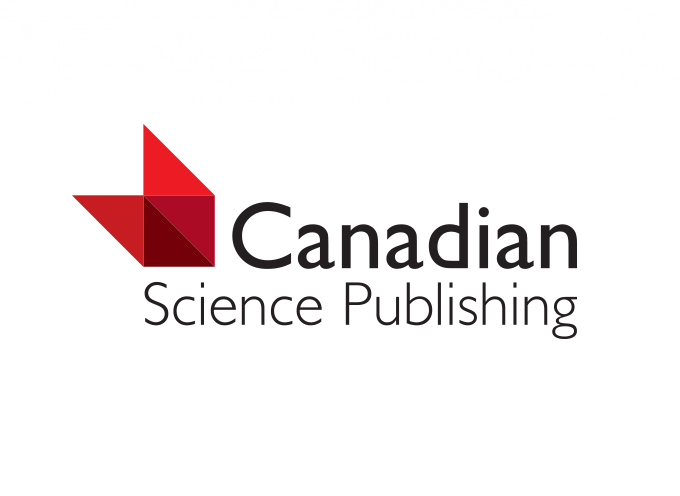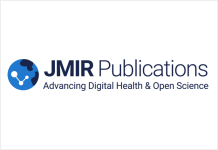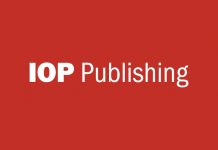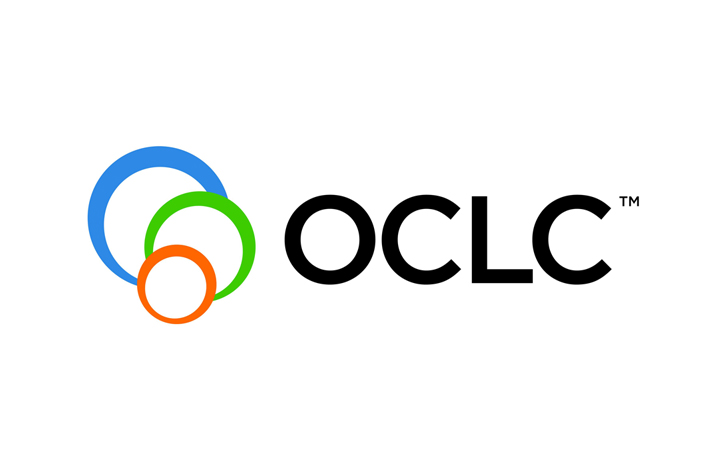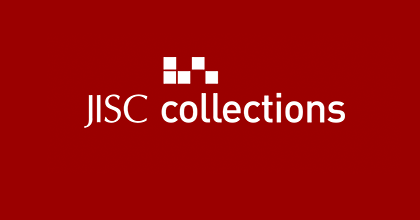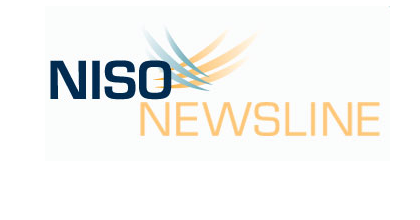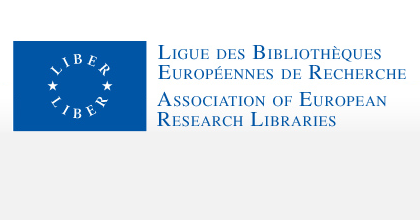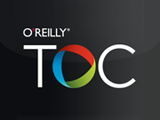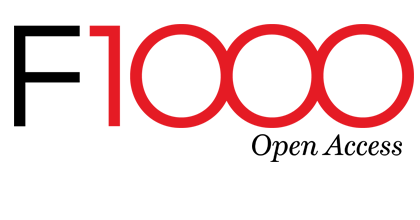Nature Publishing Group (NPG) is pleased to announce an expansion in open access among its society-owned titles. A new open access journal, Molecular Therapy – Nucleic Acids, has now launched at www.nature.com/mtna. In addition Clinical Pharmacology & Therapeutics and Spinal Cord now offer open access options.
Molecular Therapy – Nucleic Acids is the official journal of the American Society of Gene & Cell Therapy and is a companion title to the high impact journal Molecular Therapy. It builds upon the success of Molecular Therapy in publishing important peer-reviewed research and cutting-edge reviews and commentaries targeted to advances in oligonucleotide and gene-based therapies. All content is open access so is freely available to researchers worldwide through the nature.com platform. An article-processing charge (APC) will be levied per article accepted for publication.
Clinical Pharmacology & Therapeutics (CPT) is the official journal of the American Society for Clinical Pharmacology and Therapeutics. It is a cross-disciplinary journal in experimental and clinical medicine devoted to publishing advances in the nature, action, efficacy, and evaluation of therapeutics. Spinal Cord is the official journal of the International Spinal Cord Society and is a multi-disciplinary title covering the whole-system of spinal cord injury.
Authors publishing original research in CPT and Spinal Cord can opt to pay an APC to make their paper open access immediately on publication. The articles are deposited in PubMed Central at the time of publication, and authors can self-archive the final, published PDF of their work immediately.
“Open access has been central to NPG’s growth over the last two years so we are pleased to be expanding open access options among our society titles,” said Martin Delahunty, Associate Director, Academic Journals & Pharma Solutions, NPG. “We are also delighted to welcome Molecular Therapy – Nucleic Acids to our growing catalog of society titles.”
NPG has expanded open access options on journals published in China and Japan, and 55 of its 59 academic and society publications (93%) have now introduced open access options or are open access journals. Read more about NPG’s open access activities in its 2011 annual letter to customers.


